Aloe Vera m.13
Aloe vera is a succulent plant known for its medicinal and soothing properties. It has thick, fleshy, green leaves that contain a gel-like substance rich in vitamins, minerals, and enzymes. Aloe vera is widely used in skin care, health, and wellness products due to its healing properties. In addition to its practical uses, it is also a popular ornamental plant for indoor and outdoor gardens, thanks to its low maintenance and striking appearance.
- Botanical Name: Aloe vera
- Common Names: Aloe, Medicinal Aloe, Burn Plant
- Mature Height: 1-2 feet (30-60 cm)
- Mature Spread: 1-2 feet (30-60 cm)
- Growth Rate: Moderate
- Light Requirements: Full sun to partial shade
- Soil Requirements: Well-draining soil; prefers sandy or gravelly soils
- Water Needs: Low; drought-tolerant
- Foliage: Thick, fleshy, green to gray-green leaves with serrated edges
- Flowers: Yellow to orange tubular flowers on tall spikes, typically blooming in late winter to early spring
Uses:
- Medicinal: The gel inside the leaves is widely used for its soothing and healing properties, particularly for burns, cuts, and skin irritations.
- Skincare: Aloe vera gel is a common ingredient in lotions, creams, and other skincare products.
- Ornamental: Aloe vera is an attractive plant for indoor and outdoor gardens, adding a unique, sculptural element to any space.
- Houseplant: It is a popular houseplant due to its low maintenance needs and air-purifying qualities.
Benefits:
- Healing Properties: Aloe vera gel is known for its ability to soothe and heal skin conditions such as burns, sunburns, and cuts.
- Air Purification: Aloe vera helps improve indoor air quality by removing toxins from the air.
- Low Maintenance: It is an easy-to-care-for plant, making it ideal for beginners or those with a busy lifestyle.
- Drought Tolerant: Aloe vera can survive long periods without water, making it suitable for dry climates and low-water gardens.
Aloe vera is a versatile and practical plant that brings both beauty and functionality to any garden or home. Its soothing gel and low maintenance needs make it a valuable addition to any plant collection.
Debes acceder para publicar una valoración.

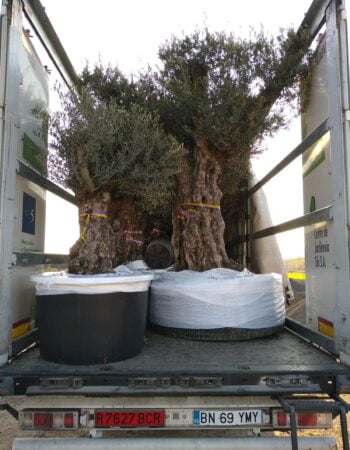
CAREFUL TREE TRANSPORTATION
At Treezom, we take great care in transporting your trees to ensure they arrive in perfect condition. Our expert team uses various methods, depending on the size and volume of the order, to provide safe and efficient delivery. Whether you're ordering a single tree or a bulk order, we guarantee high standards of handling and care throughout the process.
MULTIPLE SHIPPING METHODS
- Truck Delivery: Ideal for local or regional deliveries, ensuring a smooth and timely shipment of your trees directly to your location.
- Sea Containers (20’ or 40’): Perfect for larger orders or international shipping. Our sea containers are equipped to handle bulk shipments with optimal protection.
- Other Customized Solutions: Depending on the size and nature of your order, we can offer tailored shipping methods to meet your specific needs.
No matter the shipping method, we use specialized packaging and handling procedures to protect the trees during transit, ensuring they arrive healthy and ready for planting.
Below, you’ll find key tips tailored to this species’ requirements. Whether you’re new to plant care or have plenty of experience, these guidelines are here to support you in keeping your green companion healthy and vibrant.
- Planting:
- Choose a location with full sun to partial shade; indoors, place near a bright window.
- Plant in well-draining soil, such as cactus or succulent mix.
- Ensure the pot or planting site has good drainage to prevent waterlogging, which can cause root rot.
- Watering:
- Water sparingly, allowing the soil to dry out completely between waterings.
- During the growing season (spring and summer), water about once every two weeks.
- Reduce watering in fall and winter when the plant is dormant.
- Avoid getting water in the center of the rosette, as this can lead to rot.
- Pruning:
- Remove any dead or damaged leaves by cutting them close to the base of the plant.
- Pruning is generally minimal but can be done to maintain a tidy appearance.
- Fertilizing:
- Fertilize sparingly with a balanced, water-soluble fertilizer diluted to half strength during the growing season.
- Aloe vera typically requires little to no fertilizer; over-fertilizing can harm the plant.
- Pest and Disease Control:
- Aloe vera is relatively pest-resistant but can occasionally suffer from mealybugs or scale insects; treat with appropriate insecticides or remove manually.
- Monitor for signs of root rot, which is often caused by overwatering.
- Ensure good air circulation and avoid overwatering to prevent fungal issues.
*This information is provided for informational purposes only. For more detailed care, please consult a professional Gardener or Arborist.


 SINGLE TREE
SINGLE TREE OUTDOOR POTS
OUTDOOR POTS








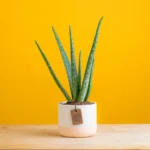


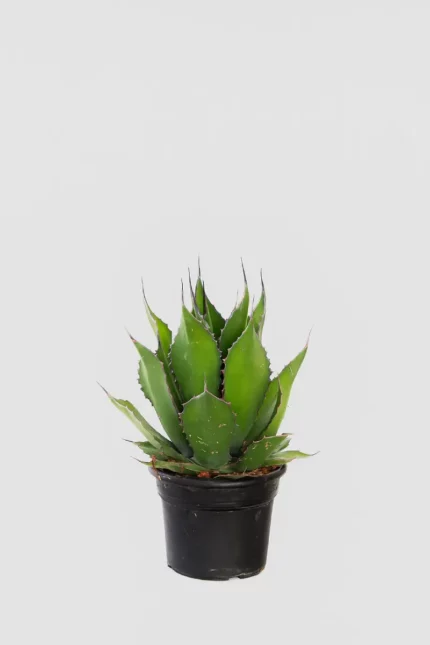
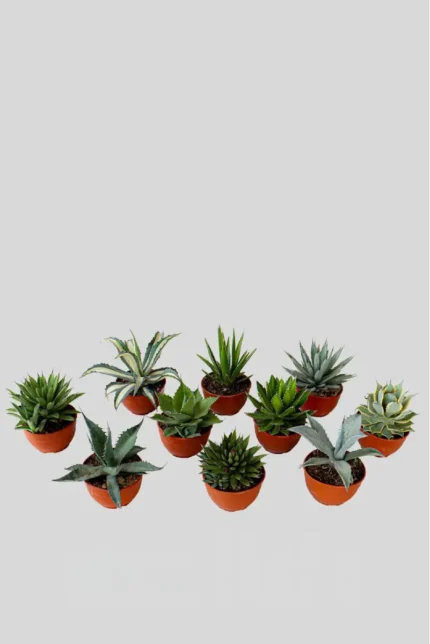

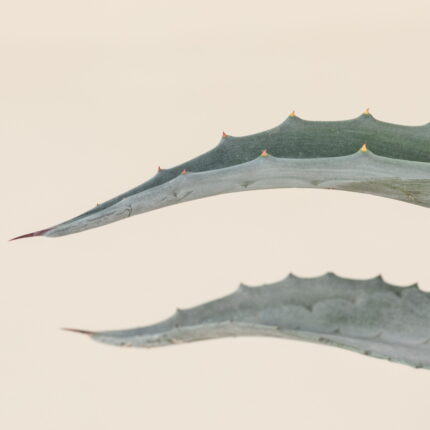

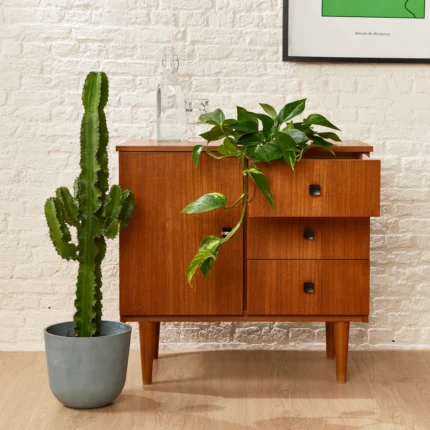

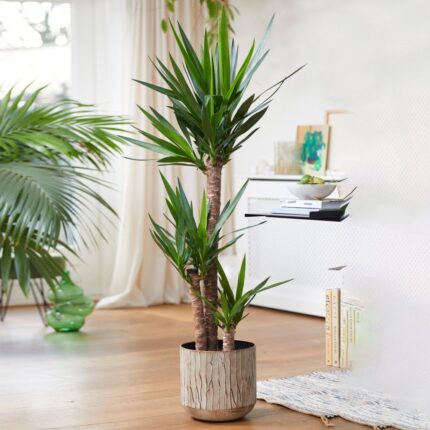






 Single Tree
Single Tree
Valoraciones
No hay valoraciones aún.